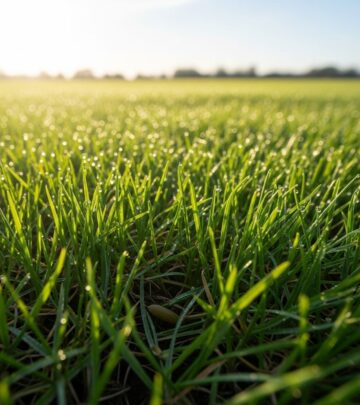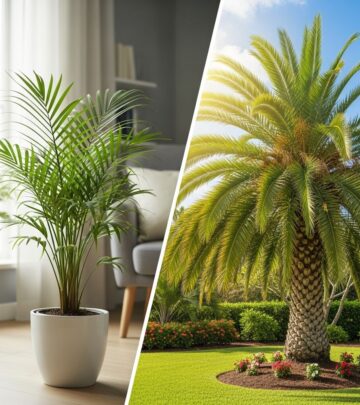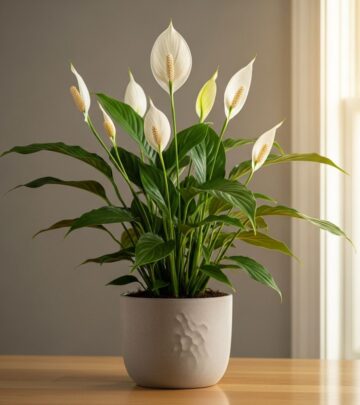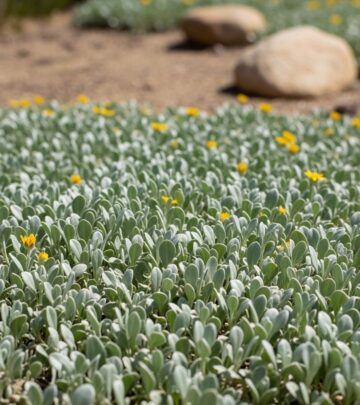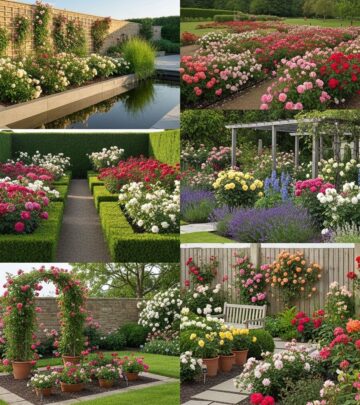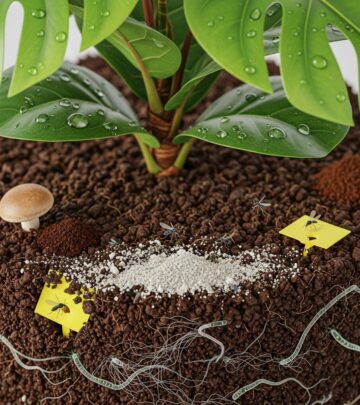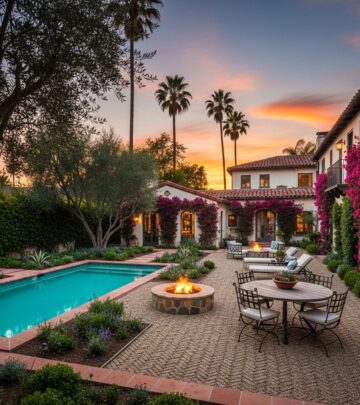Structural Plants For Garden Design: 6 Expert Strategies
Discover how statement and architectural plants add order, drama, and enduring interest to your garden design all year round.
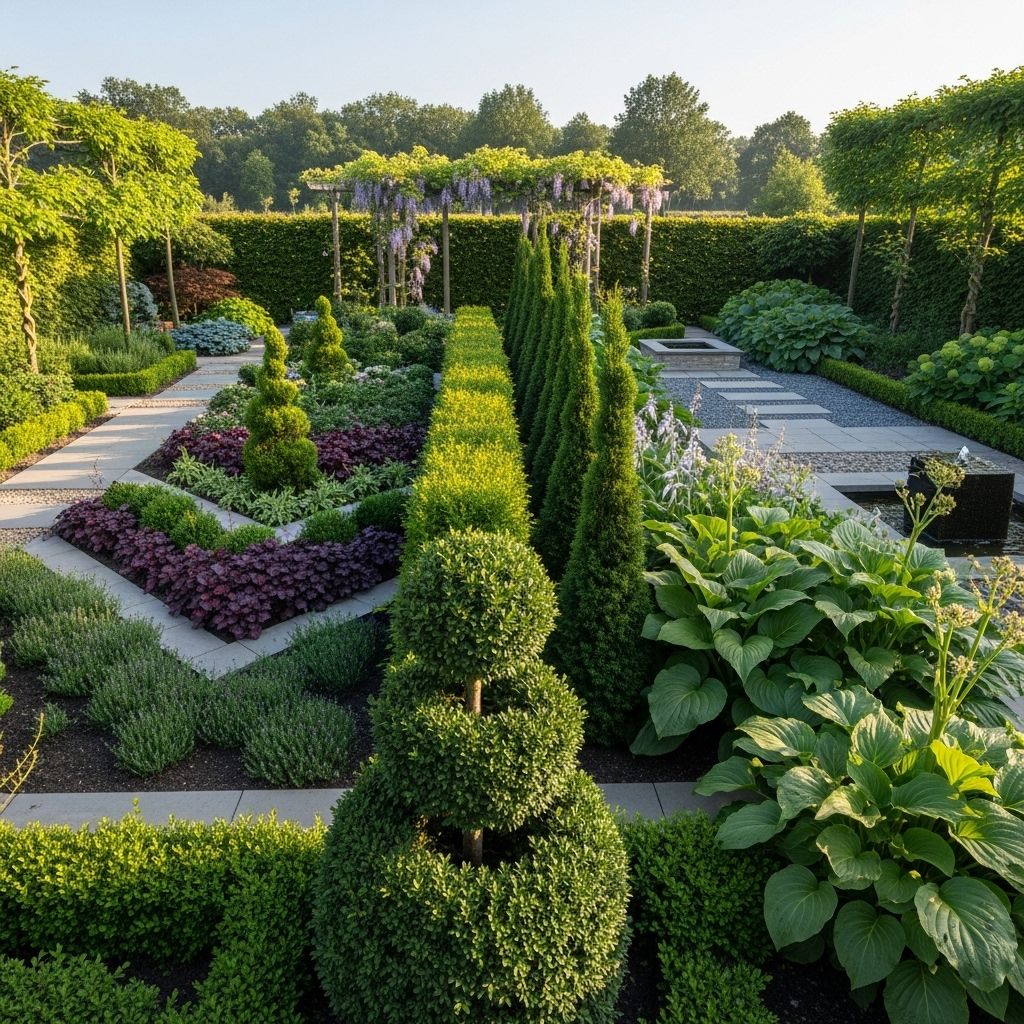
Image: HearthJunction Design Team
Structural Plants: Creating Year-Round Drama and Form in the Garden
Structural plants—often known as statement or architectural plants—are essential elements in thoughtful garden design. Far beyond mere background players, these plants provide the backbone or framework of your outdoor space, organizing it visually, defining ‘rooms’, and anchoring plantings throughout the year. Whether you’re creating a contemporary garden or a classic border, understanding how to use structural plants will transform your landscape with enduring interest and drama.
What Are Structural Plants?
Structural plants are those with a strong, clearly defined shape, presence, or texture that allows them to stand out in the garden throughout the seasons. They may be:
- Evergreen shrubs or trees with bold silhouettes
- Grasses or perennials with upright, spiky, or distinctive forms
- Plants with architectural foliage, such as large, dramatic leaves or persistent stems
These plants act as the pillars of your garden, providing order, direction, and focal points whether in full bloom or in the quieter months when other plants fade away.
Why Structure Matters in Garden Design
A well-designed garden balances exuberant color and texture with structure. Structural plants:
- Create the framework or backbone of the garden, organizing the space visually.
- Anchor perennial beds and prevent them from looking muddled as the season progresses.
- Provide visual interest and form, even in dormant winter months.
- Divide the garden into distinct rooms or areas, such as seating zones or kitchen gardens.
- Offer focal points, rhythm, and repetition that guide the viewer’s eye.
- Add drama and strong lines that contrast with softer, billowing plants.
Key Traits of Structural Plants
While flowers come and go, the qualities that make a plant structural are consistent:
- Clear, defined shape (conical, columnar, rounded, vase-like, etc.)
- Prominent foliage, evergreen presence, or persistent stems
- Height and mass that create vertical or horizontal anchors
- Distinct texture or architectural forms (e.g., spiky, strappy leaves)
Design Functions of Structural Plants
- Framework for Plantings: Use evergreens and shrubs to outline beds, paths, or borders, giving form and organization.
- Room Dividers: Tall or dense plants can divide the garden, creating a sense of discovery and transition.
- Seasonal Anchors: Provide winter interest when perennials die back, ensuring the garden doesn’t fade away in cold weather.
- Contrast and Drama: Use bold, dramatic plants to punctuate softer, more ephemeral plantings for eye-catching impact.
Types of Structural Plants
| Plant Type | Structural Impact | Seasons of Interest |
|---|---|---|
| Evergreen Shrubs & Conifers | Year-round form, privacy, windbreaks | All seasons, especially winter |
| Tall Grasses | Vertical accents, movement, texture | Summer, fall, winter (seedheads) |
| Perennials with Distinct Stems/Seedheads | Focal points, accent features | Summer, autumn, winter |
| Architectural Foliage Plants | Dramatic leaves, bold forms | Spring, summer, fall |
| Formal Topiary/Clipped Hedges | Geometric structure, formality | All seasons |
How to Use Structural Plants in Garden Design
Integrating structural plants into your landscape is both an art and a science. Consider the following strategies:
1. Establish the Framework
Start with a backbone of reliable evergreen shrubs or trees. These will define the edges, create privacy, and provide winter interest. Tall hedges or sculpted conifers often mark boundaries or serve as windbreaks.
2. Anchor Perennial Borders
Perennial beds can appear chaotic without some order. Introduce structural shrubs or repeat statement perennials at intervals to give rhythm and prevent the border from losing shape as the season changes.
3. Divide and Organize Space
Use rows or clusters of structural plants to divide the garden into themed areas—like separating the seating zone from the kitchen garden. Boxwood, yew, or even vertical grasses can be effective room dividers.
4. Combine Contrasting Forms
Play with contrast by mixing upright, spiky plants with mounding or rounded forms. This interplay of structure and softness brings vibrancy and depth to the garden.
5. Ensure Year-Round Interest
Select plants that remain attractive through the seasons: evergreens hold their shape and color in winter, grasses offer movement and seedheads in autumn, while bold seed heads of perennials like sea holly persist into winter.
6. Repeat for Rhythm
Repetition of key structural plants or forms creates a sense of harmony and guides the eye, while varied placement avoids monotony.
Popular Structural Plants for Every Garden
Evergreen Shrubs
- Boxwood (Buxus spp.): Classic for hedges and topiary; evergreen foliage; excellent for edges and geometric shapes.
- Yew (Taxus spp.): Dense, dark green, can be clipped into formal shapes or left loose for a natural effect.
- Japanese Holly (Ilex crenata): Broadleaf evergreen, upright form; ideal for year-round structure.
Architectural Perennials
- Sea Holly (Eryngium spp.): 2-3 feet tall, striking blue spiky flowers, thistle-like stems, dramatic texture and color; attracts pollinators.
- Goatsbeard ‘Chantilly Lace’ (Aruncus spp.): Upright, bushy plant with plume-like cream flowers; provides both structure and softness.
- Japanese Maple (Acer palmatum): Elegant canopy, unique leaf shape, and brilliant fall color; creates focal points and height.
Grasses and Grass-like Plants
- Miscanthus (Miscanthus sinensis): Tall, showy grass with strong vertical lines and feathery plumes in autumn; persists into winter.
- Sedges (Carex spp.): Fine-textured, mound-forming, low-maintenance; effective as a base layer in matrix planting.
Foliage-Driven Statement Plants
- Mangave ‘Art & Sol’: Spiky, nearly black succulents; moisture-tolerant; dramatic accent for xeric or contemporary gardens.
Combining Structural Plants: The Art of Contrast and Cohesion
To create a visually compelling garden, combine plants with different growth habits. Consider:
- Upright vs. mounding forms: Place tall grasses or columnar shrubs alongside billowy or spreading perennials for dynamic contrast.
- Sharp vs. soft textures: Team spiky-leaved plants like sea holly with soft, large-leafed perennials for tactile interest.
- Seasonal change: Use plants whose structural interest shifts throughout the year—flowers in spring, foliage in summer, seed heads in fall and winter.
Designing with Structure: Matrix Planting and Layering
Modern garden design often uses the matrix planting approach, layering plants for resilience and visual interest.
- Start with a matrix of grasses or groundcovers (like sedges) for the base layer.
- Add structural trees and shrubs as vertical elements.
- Layer in flowering perennials and tap-rooted plants for pulses of color and ecological complexity.
- Vary the shape and size of masses, blending, and overlapping for organic appeal.
This method mimics natural plant communities and ensures year-round coverage, reducing the need for mulch and increasing biodiversity.
Arranging Structural Plants for Maximum Effect
When organizing plants in your landscape, consider these best practices:
- Mass for Impact: Cluster similar plants so they touch at maturity, creating bold, cohesive masses.
- Overlap Edges: Allow different plant masses to overlap, softening transitions and maximizing visual interplay.
- Shape and Variety: Use a mix of long, narrow, curved, or rounded forms. Organic shapes often look more natural unless aiming for a formal design.
- Vary Size: Pair large plant masses with smaller groups for scale and balance, especially when using a diverse range of species.
- Repeat Key Forms: Repetition of plant types or shapes leads to a harmonious, unified look.
Frequently Asked Questions (FAQs)
What is the difference between structural and accent plants?
Structural plants form the backbone or framework of the garden, providing year-round shape and organization, while accent plants are used for temporary bursts of color, texture, or seasonal interest. The structure sets the stage for accents to shine.
Can annuals be structural plants?
Generally, structural plants are perennials, shrubs, or trees because of their enduring form. However, some large annuals, like sunflowers or giant amaranth, can provide temporary structure in seasonal beds.
How do I ensure year-round interest with my structural plants?
Use a mix of evergreen shrubs for winter, deciduous shrubs or trees for spring and fall color, and perennials or grasses with persistent stems for autumn and winter. Select varieties with attractive bark, form, or seed heads for off-season beauty.
How do I choose structural plants for small spaces?
Focus on columnar, dwarf, or slow-growing varieties that provide impact without taking over. Japanese holly, dwarf conifers, or grasses like blue fescue are ideal for small gardens or containers.
How should I maintain structural plants?
Regularly prune for shape, remove damaged or diseased growth, and mulch to conserve moisture and suppress weeds. Topiary and hedges may need more frequent clipping, while grasses or perennials should be cut back in late winter or early spring.
Conclusion
Structural plants are the unsung heroes of landscape design. By carefully selecting, arranging, and combining these plants, you provide your garden with year-round interest, drama, and a sense of order. Whether you prefer a lush border bursting with perennials or a sleek contemporary landscape, a strong structural backbone ensures your garden is beautiful in every season.
References
Read full bio of Shinta



